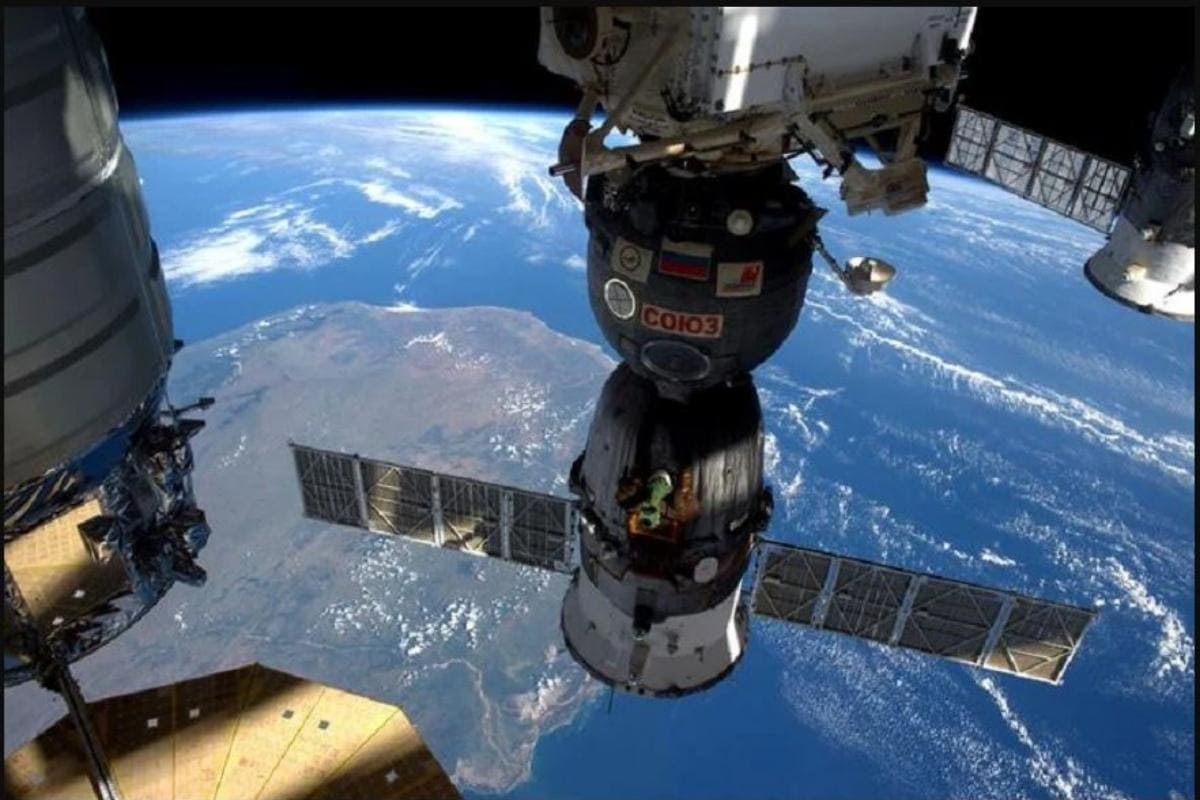

To prepare for the mission, each Ax-1 crew member completed between. Boeing-sponsored ISS experiment shows CRISPR gene editing can be used in space. Developed by NASA Ames and Pittsburgh-based company Astrobotic, VIPER is a square golf-cart-sized vehicle about 5 feet long and wide, and about 8 feet high. There's a chance CRISPR might play an important role in getting humans to Mars and beyond. The Ax-1 astronauts are the first all-private crew to complete a NASA-style training flow. That, in turn, could help NASA and other agencies develop technology that shields astronauts and makes deep space exploration practical. With enough work, the scientists hope they can replicate the genetic damage from ionizing radiation, not to mention other effects from long-term spaceflight. The new approach clears the way for other research around DNA repair in space. space science astronaut astronomy physics cosmos astro technology genome CRISPR dna astronauts nasa astrophysics'. Koch completed the test well before this (most of the supplies reached the ISS in May 2019), but the findings weren't available until this past week. The experiment produced a particularly damaging double-strand DNA break in a yeast cell culture aboard the International Space Station. "Technical and safety concerns" had prevented earlier studies like this, according to the researchers. Astronaut Christina Koch and scientists have successfully demonstrated CRISPR-Cas9 in space for the first time, using it as part of a new technique to damage DNA and study how it repairs in microgravity. CRISPR gene editing is no longer confined to Earth.


 0 kommentar(er)
0 kommentar(er)
